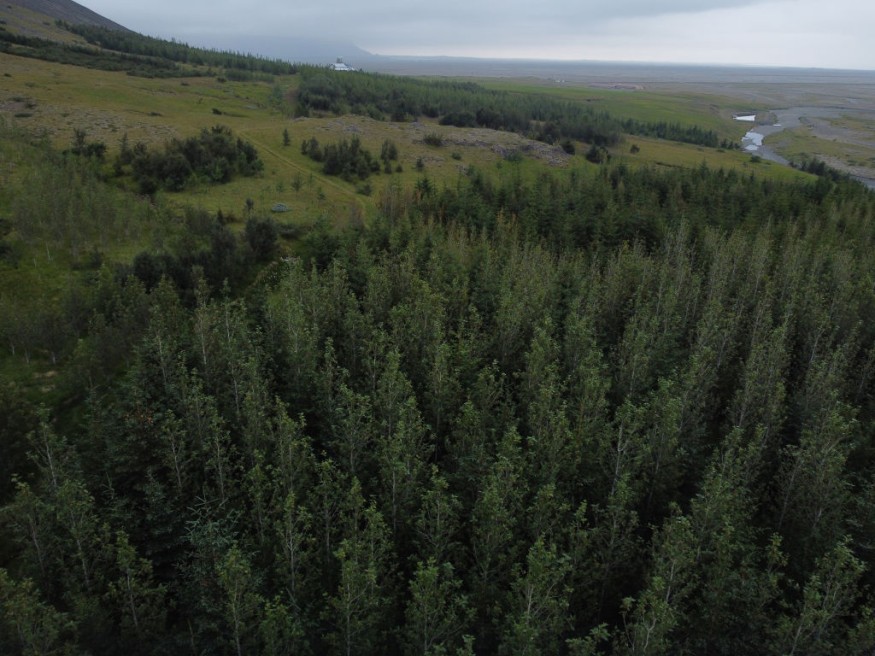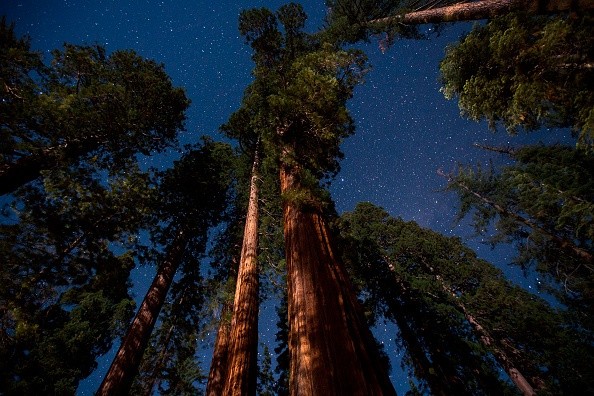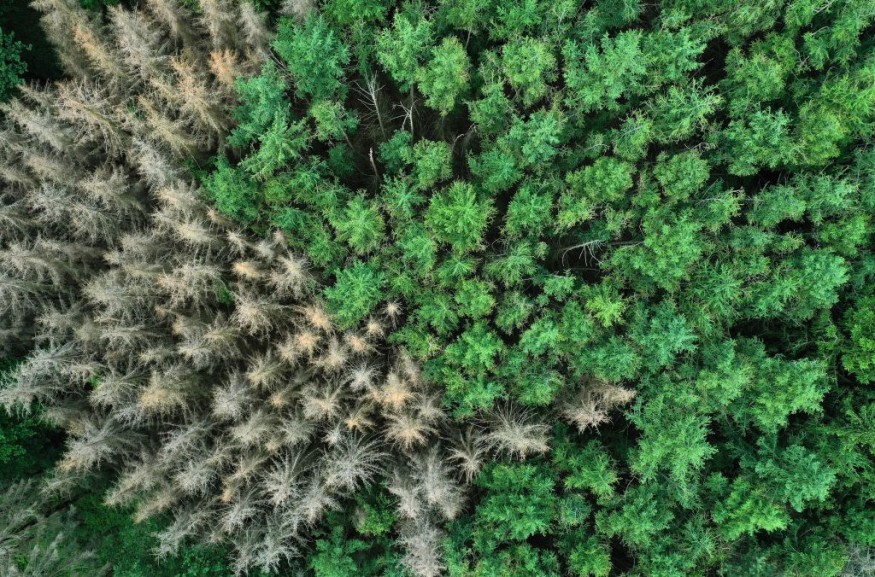Methane, a potent greenhouse gas, is mostly formed in the soils beneath standing dead trees in so-called ghost forests or coastal forests. These forests are being wiped off by rising sea levels, according to a new study from North Carolina State University.

This escaping methane gas, dubbed "ghost forest tree farts" by locals, is produced by various tiny microorganisms.
In a report in Phys.org, researchers sought to determine if distinct microbial populations produce methane gas in soils or dead trees, often known as snags.
While methane gas is made in the soils, they discovered that the trees filter the gas as it rises through the wood. As the gas rises, microbes in the wood modify it chemically and devour it.
"We're trying to figure out where the methane comes from, and what we're discovering is that it's coming from the soils, and it's changing as it passes through the tree. As it passes through those snags, the methane is being digested," said Marcelo Ardón in a report in Phys.org.
Marcelo is an associate professor of forestry and environmental resources at North Carolina State University
Because of increasing sea levels, ghost woods are predicted to become more widespread along the Southeast coast, visible evidence of climate change.
Ardón and colleagues discovered in a recent study that snags are essential for assessing greenhouse gas emissions from ghost forests and that disregarding them might result in part of the emissions in a transitional forest being discounted.
Molecular Studies

In a study published in Frontiers in Environmental Science researchers studied methane gas samples from standing dead trees in ghost woods across five sites on North Carolina's Albemarle-Pamlico Peninsula to find an explanation.
They took readings of the gas concentrations inside the trees, the soils, and the water in the ground. They also studied the chemical traces of bacteria that make and consume methane. Methane comprises two elements: hydrogen and carbon, and depending on the number of neutrons in its nuclei, each of these components might have a different molecular weight than other atoms of the same kind.
Isotopes are variations in elements that aren't radioactive, and they're termed stable isotopes since they aren't radioactive. Researchers looked at the quantity and kinds of stable isotopes of each element to track methane.
"The stable isotope signature is like a fingerprint that you can trace," said Melinda Martinez, the first author of the study and a graduate student at NC State.
She is now a postdoctoral associate at the US National Institute of Health. Survey of Geology. "We found methane pouring out of the trees in prior research; where is it coming from? Is it coming from the soil, created by bacteria, or from within the tree itself as it decomposes?"
Discovery

They discovered that the higher they ascended from the ground in the dead trees, the lower the methane concentrations became. They also found evidence of a shift in the ratios of lighter and heavier isotopes in carbon and hydrogen from groundwater to soils to snags.
Finally, they obtained tree samples and put them in vials to check if they produced any methane when isolated in an oxygen-free environment or if any methane was utilized in an oxygen-rich container. They discovered that the vials made and used relatively little methane.
Only five out of a hundred vial samples yielded significant results, indicating that the methane exhaled by standing dead trees originates in the soil.
The findings only deal with one greenhouse gas. Still, the researchers think it's noteworthy since methane fluxes are crucial for understanding the environmental consequences of the forest-to-ghost forest transition. According to studies, methane has a more substantial warming potential than carbon dioxide.
It's critical to comprehend how methane moves through the environment. These ghost forest patches are fleeting ecosystems; they will become marshes, but we want to know how ghost forests create and transfer this greenhouse gas even though they are transient.
For similar news updates,don't forget to follow Nature World News
© 2025 NatureWorldNews.com All rights reserved. Do not reproduce without permission.





